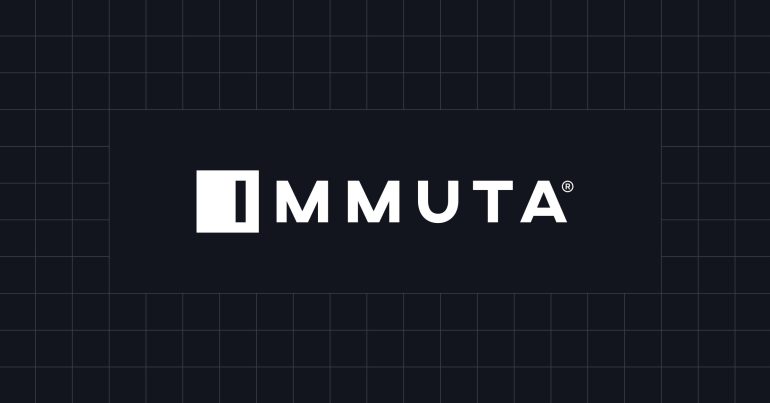- Immuta has introduced robust enhancements to its RAG-based AI solutions for cloud platforms.
- Upgrades focus on data governance and audit capabilities.
- RAG methodology improves content accuracy by integrating external knowledge sources.
- Immuta’s multilayered architecture ensures security, monitoring, and audit of sensitive data.
- Solution targets defense layers: storage, data, and prompt.
- Collaboration with AWS for native S3 storage integration enhances access control.
- Immuta’s features enable multilayered access management and precise metadata control.
- Natural language policies empower control over RAG-based applications.
- Platform supports Snowflake, Databricks, with comprehensive monitoring and auditing.
Main AI News:
In a recent development, Immuta has rolled out a series of robust enhancements to its retrieval-augmented generation (RAG) based generative AI solutions deployed across diverse cloud infrastructures. As per insights from SiliconAngle, these upgrades primarily focus on bolstering data governance and audit capabilities.
The RAG methodology serves as a catalyst in fortifying the efficacy of expansive language models by seamlessly integrating external knowledge resources to refine content precision. Immuta’s innovative multilayered architecture stands at the forefront, ensuring a robust framework to safeguard, monitor, and scrutinize sensitive data interactions vital for these AI applications. This strategic initiative squarely addresses the burgeoning imperative of navigating corporate data risks amidst the escalating adoption of AI technologies.
Immuta’s fortified solution operates across three pivotal defense strata: storage, data, and prompt. A key emphasis is placed on fortifying the initial two layers, a concerted effort exemplified by its strategic collaboration with Amazon Web Services (AWS) to forge a seamless native S3 storage integration, thereby reinforcing fine-grained access control measures. Meanwhile, at the data layer, Immuta’s innovative framework adeptly transforms unstructured datasets for model training and RAG utilization, offering a suite of functionalities encompassing discovery, classification, and oversight of RAG indexes.
The introduction of Immuta’s cutting-edge features empowers data teams with a comprehensive toolkit to orchestrate access management through multifaceted policies, ensuring the upkeep of precise metadata inventories while asserting authority over RAG-driven applications via the formulation of intuitive natural language policies. Moreover, the platform extends its compatibility horizon to embrace Snowflake and Databricks, all while furnishing a holistic suite of monitoring and audit functionalities across all supported cloud platforms.
In the words of Immuta’s Chief Product Officer, Mo Plassing, “Data teams are now poised to harness the substantial investments channeled into their cloud data ecosystems and seamlessly extend this momentum to encompass their AI-driven workloads.”
Conclusion:
Immuta’s strategic advancements in fortifying RAG-based AI solutions signify a pivotal shift in addressing data governance and security challenges within the AI landscape. By offering enhanced control and oversight capabilities across diverse cloud platforms, Immuta is poised to cater to the escalating demands of enterprises seeking robust AI governance frameworks, thereby solidifying its position as a leader in the evolving AI security market.

